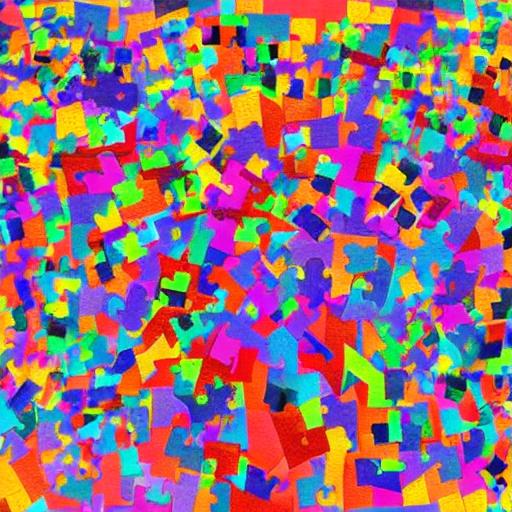In recent years, Non-Fungible Tokens (NFTs) have exploded in popularity, capturing the attention of artists, collectors, and investors alike. These unique digital assets have revolutionized the art market and opened up new avenues for creators to monetize their work. But where did NFTs come from? Let’s delve into their origin story.
The concept of NFTs can be traced back to the early days of cryptocurrencies, specifically with the introduction of Bitcoin in 2009. Bitcoin brought forth the concept of blockchain technology, a decentralized system that allows for the creation and management of digital assets. While Bitcoin itself is fungible, meaning each coin is interchangeable with another, its underlying technology laid the foundation for the development of NFTs.

The first notable project that explored the idea of owning unique digital items was “Colored Coins.” Introduced by early Bitcoin developers in 2012, Colored Coins used the Bitcoin blockchain to attach additional metadata to a transaction, effectively creating a system where virtual assets could be represented and traded.
Fast forward to 2017, NFTs as we know them today began to take shape with the launch of Ethereum’s ERC-721 token standard. Ethereum, a blockchain platform supporting decentralized applications, allowed for the creation of smart contracts, which in turn enabled the creation and ownership of unique digital assets.
One of the first groundbreaking projects to utilize ERC-721 tokens was “CryptoKitties.” Developed by Vancouver-based company Dapper Labs, CryptoKitties allowed users to own, collect, and breed virtual cats on the Ethereum blockchain. Each CryptoKitty was represented by an NFT, making them one-of-a-kind and completely unique to their owner.
The success of CryptoKitties demonstrated the potential of NFTs beyond the cryptocurrency realm and brought mainstream attention to the concept. Collectors and enthusiasts flocked to the platform to buy, sell, and trade these digital cat collectibles, causing network congestion on Ethereum and showcasing both the promise and challenges of NFT adoption.
Since the CryptoKitties craze, NFTs have gained momentum across various industries, including art, music, gaming, and virtual real estate. Artists began to recognize the potential of NFTs as a new way to exhibit, sell, and protect their digital artwork. Musicians released limited edition songs as NFTs, allowing for direct interaction with fans and providing new revenue streams. Gaming enthusiasts invested in virtual goods and assets that held value both within and outside of the gaming ecosystem. And virtual worlds emerged where individuals could buy and sell virtual land, creating a new market for virtual real estate.
Today, NFTs continue to evolve and capture the imagination of creators and collectors worldwide. They provide a means of assigning ownership and provenance to digital assets, creating scarcity in a digital world, and even enabling revenue sharing through royalties. As the technology matures, we can expect NFTs to have far-reaching implications, transforming industries beyond art and gaming.
